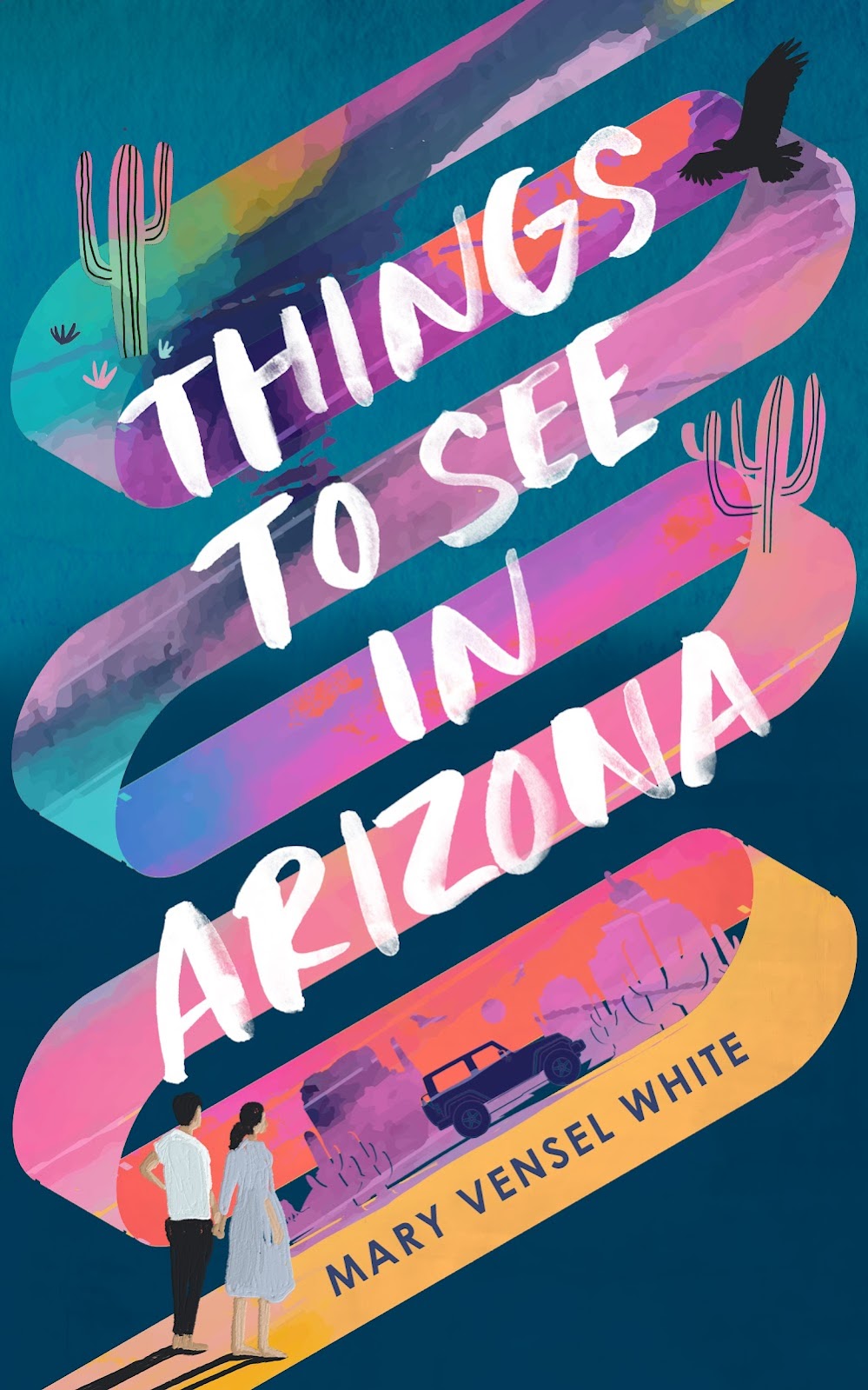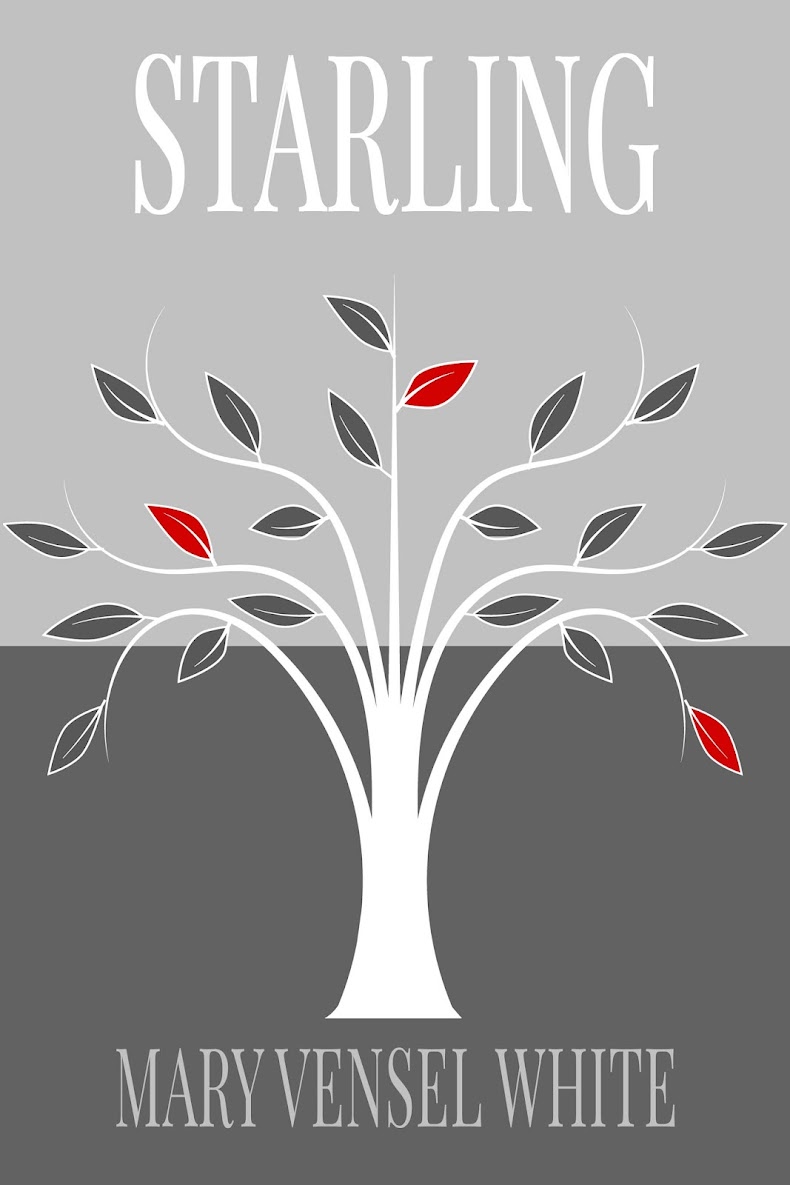Remember that Bob Seger classic, Against the Wind?
It’s all about youth and “living to run and running to live,” existing in the moment,
not worrying about paying or how much you owe, “breaking all of the rules that
would bend.” But then Mr. Seger has to grow up, doesn’t he? He finds himself “further
and further from his home,” “searching for shelter” against that wind he used
to love so much. And then, this pivotal verse:
Well those drifters days are past me now
I've got so much more to think about
Deadlines and commitments
What to leave in, what to leave out
I've got so much more to think about
Deadlines and commitments
What to leave in, what to leave out
and it
occurs to me that this is just like writing and then, later, editing your work.
Right? No worries when you’re writing. Just get the thing out, everyone will
tell you. Break rules, don’t worry about it. Lose yourself in that heady wind
of creativity.
Editing
is a bit different, isn’t it? It’s your grown-up self, making some tough
decisions. Maybe you have a deadline; maybe you’ve got commitments to yourself,
your outline, your intentions. It’s all about deciding what to leave in and especially, what to leave out.
It’s
been likened to sculpting, to whittling away until you have only the best bits
left. Ernest Hemingway famously called this process “The Theory of Omission.”
He talked about an iceberg and the underwater, supporting parts that often
should remain hidden.
In a
recent New Yorker, John McPhee put it like this:
Be that as it might not be, Ernest Hemingway’s Theory of Omission
seems to me to be saying to writers, “Back off. Let the reader do the
creating.” To cause a reader to see in her mind’s eye an entire autumnal
landscape, for example, a writer needs to deliver only a few words and
images—such as corn shocks, pheasants, and an early frost. The creative writer
leaves white space between chapters or segments of chapters. The creative
reader silently articulates the unwritten thought that is present in the white
space. Let the reader have the experience. Leave judgment in the eye of the
beholder. When you are deciding what to leave out, begin with the author. If you
see yourself prancing around between subject and reader, get lost. Give elbow
room to the creative reader. In other words, to the extent that this is all
about you, leave that out.
You can read the rest of the essay here,
and it's well worth your while.
It was a timely read for me, as I’ve been
doing the grown-up work of editing lately. It’s a puzzle of sorts, deciding how
much to show and how much to keep close to the vest. From the other side, as a
reader, I’m often annoyed when a writer tells too much, doesn’t trust my ability
to figure things out, doesn’t allow me the pleasure of filling in certain
blanks. That elbow room that McPhee talks about, the “white space.” And that’s,
basically, what’s on a page anyway, isn’t it? Some sort of balance between
black and white, and it’s our job to make it a balance that feels right.














I read the article, which is rich and amusing. Thanks for the link. How to best use the spaces between things is an engaging puzzle, not just for writers. Maybe it’s because in these empty spaces our imagination makes subjective connections resulting in all kinds of relationships.
ReplyDeleteRe: John McPhee: ‘… The creative writer leaves white space between chapters or segments of chapters. The creative reader silently articulates the unwritten thought that is present in the white space. Let the reader have the experience …’
I’m suddenly reminded of a reversal. Try looking up against the light through the branches of a sparsely leaved tree and squeeze your eyes to slits. At some point the image turns negative. The branches and leaves appear white and the spaces between them black.